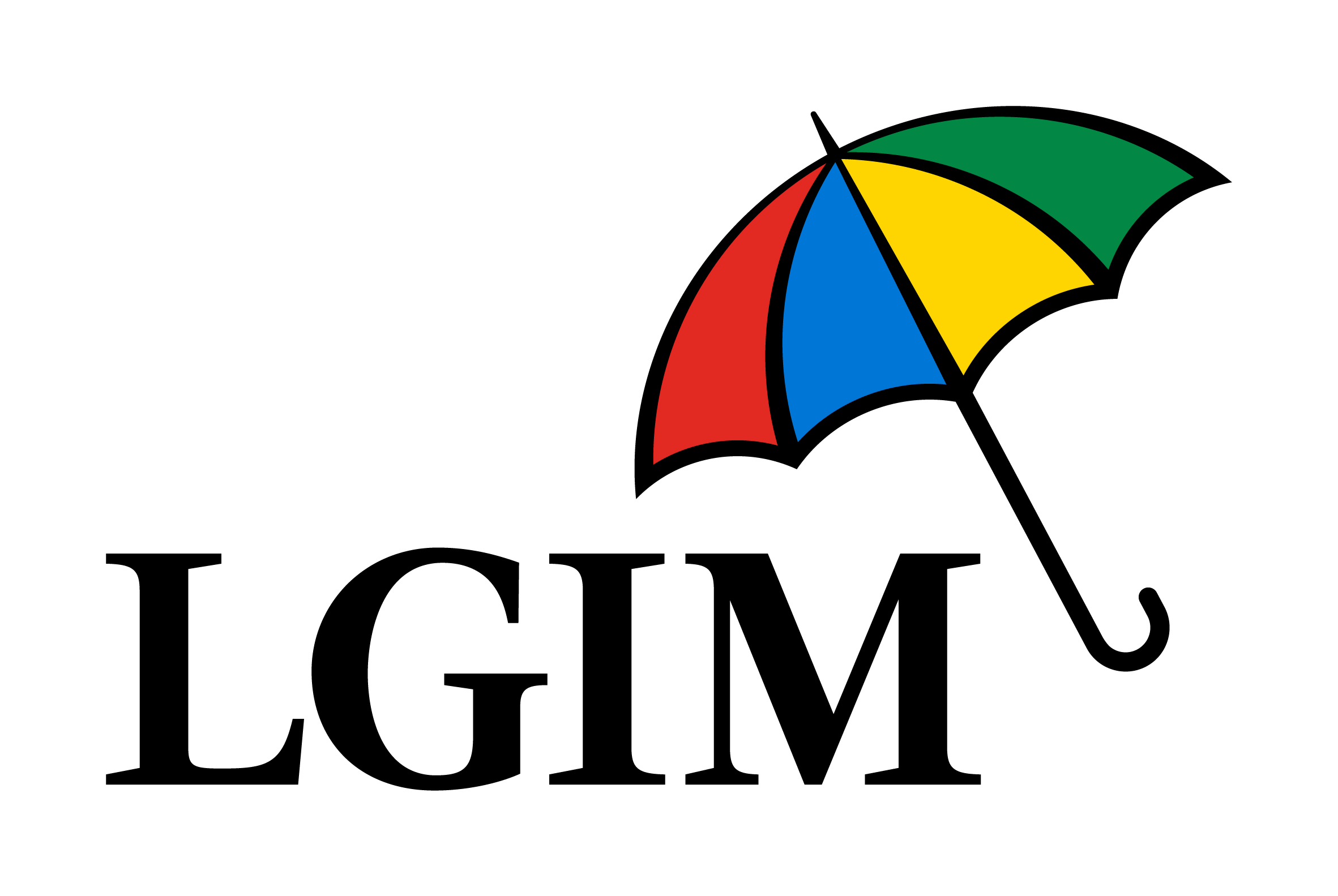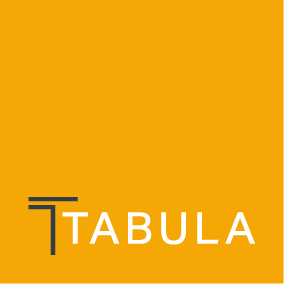As economies move into mid-cycle phase next year, investors face familiar question marks around inflation, monetary policy and COVID-19 but without the tailwind of early recovery optimism.
While additional variants might complicate the public health situation, Bob Jenkins, head of Lipper research at Refinitiv, said any volatility will “almost algorithmically” create predictable jostling for market leadership.
A far greater uncertainty is the inflationary picture, with input factors such as still-stretched supply chains and labour shortages and further along the line, discussions around tapering and rates hikes.
Prior to meetings by central banks last week, Refintiv’s Jenkins predicted US inflation would ease to a range of 3.5% to 4.5% over the next year. Agreeing, the outlook by BlackRock’s ETF arm iShares suggested inflation would exceed the popular 2% target and trade as high as 6%.
However, illustrating the dynamic nature of the monetary situation, 52% of respondents to a JP Morgan survey expected two rates hikes by the Federal Reserve in 2022, while last week’s Federal Open Markets Committee’s (FOMC) decision to change its tapering timeline has led some to believe there could be as many as three increases within a year. Furthermore, the Bank of England surprised markets with its first rates increase in three years last Thursday.
Accounting for what could be a cagier year for most asset classes,ETF Streamhas selected five ETFs that could offer inflationary protection and outperformance.
1. Xtrackers MSCI World Financials UCITS ETF (XDWF)
Commencing our list is the $1.5bn XDWF which is the lowest-cost and among the largest ETFs targeting the financial sector across all developed economies.
With a total expense ratio (TER) of 0.25%, XDWF tracks the MSCI World Financials index which offers exposure to companies involved in banking, asset management and custody, money markets, exchanges, insurance and investment brokering.
XDWF could serve as an ideal inflation hedge, given banks have lower input costs than many sectors. Also, even though rates hikes may have some negative impact on the volume of borrowing activity, the increased cost of capital for those still taking out business loans and mortgages will ultimately produce stronger bottom lines for the financial sector.
Additionally, JP Morgan’s 2022 cross-asset outlook revealed the firm are overweight cyclicals and value equities, with a preference for reflation-sensitive sectors such as energy and financials, consumer services, healthcare and small-caps.
2. L&G Multi-Strategy Enhanced Commodities UCITS ETF (ENCO)
Next is the $478m ENCO which launched in July. While ‘real assets’ such as commodities and infrastructure are vanilla inflation hedges, ENCO’s cycle-optimising methodology offers a unique way to rotate between different commodities.
With a fee of 0.30%, ENCO tracks the Barclays Backwardation Tilt Multi-Strategy Capped Total Return index to offer futures-based exposure to key commodity subgroups such as energy, precious metals, industrial metals, livestock and agriculture.
What differentiates the product from less exotic commodities baskets offered by Legal & General Investment Management (LGIM) is its multi-factor methodology which rolls futures contracts at specific points during market cycles.
First, ENCO’s underlying index allocates to seasonal futures contracts on commodities such as heating oil, gas oil and natural gas at heightened points in the production and demand cycle.
Next, it applies a roll yield factor to invest in energy and industrial metals futures at the most favourable positions with the most favourable implied roll yield.
The combination of these factors mean at present, with winter demand and stretched supply, the ETF is currently weighted 48.3% to energy commodities alone.
Finally, it factors in momentum on agriculture and livestock commodities – which have historically been affected by crop yields, weather and breeding cycles – by investing in futures contracts with the highest annual outperformance versus the nearby futures contract.
While relatively new to the market, ENCO’s approach has been popular with investors since its launch and its preference for dynamically shifting between commodities has seen it return 6.5% in the last three months, according to data from ETF Logic.
3. Tabula US Enhanced Inflation UCITS ETF (TINF)
The only fixed income exposure on our list and the winner of ETF of the Year at ETF Stream’s inaugural ETF Awards is the $112m TINF.
With a TER of 0.29% and tracking the Bloomberg US Enhanced Inflation index, TINF offers exposure to US Treasuries while capturing inflation expectations as a net of the difference between long positions in US Treasury inflation Protected Securities (TIPS) and short positions in US real yields.
TINF is the first ETF in Europe to combine TIPS and US 7-10 year breakeven inflation rates with a single US Treasuries exposure – a mixture that creates a differentiated outcome from the rest of the bond ETF space.
In their 2022 outlooks, both JP Morgan and BlackRock forecast a difficult year ahead for fixed income investors with continued underperformance versus equities. Setting itself apart, TINF returned 13.3% so far this year, as at 17 December, according to data from ETF Logic.
4. Lyxor MSCI EM Asia UCITS ETF (LCAL)
Our penultimate ETF is the cheapest tracking and best-performing ETF over the last year tracking the MSCI Emerging Markets Asia index, the $250m LCAL.
Charging a fee of just 0.12%, LCAL synthetically replicates its underlying benchmark of 1611 securities representing companies based in China, Taiwan, India, South Korea, Hong Kong, Thailand, Indonesia, Malaysia and the Philippines.
In their forward-looking analyses, both PIMCO and JP Morgan identified an opportunity for outperformance in emerging Asia in the new year.
While PIMCO remained overweight on the entire EM Asia exposure, JP Morgan expressed support for China’s focus on deleveraging, de-carbonisation and reduction in income inequality. It added better sentiment, stronger earnings growth and convergence of historical relative valuation after a challenging 2021 should create outperformance.
Two geographies it highlighted in particular were China and Indonesia, which LCAL weights towards 41% and 1.9%, respectively.
5. VanEck Vectors Semiconductor UCITS ETF (SMH)
Our final entry is a thematic play on supply chains and consumer demand, the $803m SMH, which is Europe’s largest ETF specifically targeting the semiconductor industry.
Charging a relatively low fee for a thematic ETF – 0.35% – SMH tracks the MVIS US Listed Semiconductor 10% Capped index of 25 companies deriving at least 50% of their revenues from the production of semiconductors and semiconductor equipment.
To be considered eligible, companies must also have a market cap exceeding $150m, have a three-month average daily turnover exceeding $1m and a trading volume of 250,000 per month over at least six months.
As far as thematic plays go, few outside of sustainability-related themes have received such positive coverage from asset managers as semiconductors.
In its consensus outlook for 2022, PIMCO said semiconductor manufacturers were among the main likely beneficiaries of the trend towards increased digitalisation, with the vital computer component set to benefit in lockdown conditions (with demand for virtual hardware) or a continued return to normality (as manufacturing activity continues to recover).
BlackRock, which has its own semiconductor ETF, said there is growing demand for the increasingly advanced and politically significant microchips, with current demand and stretched supply chains meaning they will remain a sought-after commodity for the foreseeable.
Over the last year, SMH also performed well, returning 40.3% over the 12 months through 17 December, ETF Logic data showed.
Related articles











